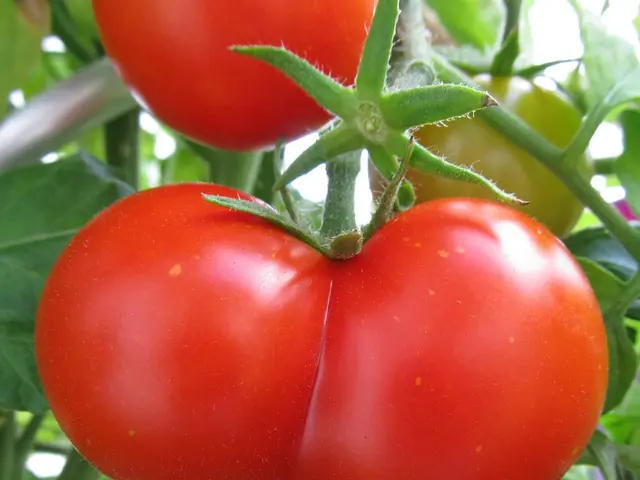Guide to Establishing a Permaculture Garden: Sequential Directions
Revamped Guide to Crafting a Thriving Permaculture Garden
Ready to dive into the world of permaculture gardens? This comprehensive guide, packed with tips and tricks, will have you prepping your own eco-friendly garden in no time!
A permaculture garden is more than just a green space—it's a living, breathing ecosystem that promotes biodiversity, conserves resources, and brings harmony to your backyard. Get ready to embark on an exciting journey!
Steps to a Successful Permaculture Garden:
- Observation and Understanding Your Space
- Analyze sun exposure, shade, wind patterns, and drainage.
- Test your soil for type and nutrient content.
- Zoning
- Zone 1: Area closest to your dwelling, perfect for high-value or frequently used plants.
- Zone 2: Slightly further away, ideal for orchards and less intensive activities.
- Zone 3: Farther out, typically used for larger-scale crops or pastures.
- Zone 4: Unmanaged wilderness areas, often left to natural regeneration.
- Zone 5: The most remote area, used for observing wildlife or reforestation.
- Plant Selection
- Choose a diverse range of plants, including trees, shrubs, perennials, and annuals.
- Select plants that benefit from each other's growth, such as shade providers or pest repellents.
- Incorporate native species adapted to local conditions.
- Bed Preparation
- Remove debris like weeds, rocks, and other unwanted materials.
- Till the soil to improve drainage and aeration.
- Incorporate organic matter like compost or manure for enhanced soil fertility.
- Level the ground to prevent waterlogging and erosion.
- Design and Layout
- Use the keyline design method for efficient water management and pathway creation.
- Arrange plants based on their needs (sunlight, water) and benefits (shade creation, pest control).
- Create pathways for easy access without compacting the soil.
- Implementation and Maintenance
- Begin with a few key plants, gradually adding more as your garden ecosystem establishes itself.
- Monitor the garden's health, adjust plant placement, and perform regular maintenance as needed.
- Maintain soil health by continuously incorporating organic matter.
Extra Tips:- Use natural amendments like kelp and fish products to boost plant growth and encourage beneficial symbiotic relationships.- Employ water-saving strategies like rainwater collection systems to reduce reliance on external water sources.
That's it! You've now got the lowdown on crafting a thriving permaculture garden. Enjoy designing and planning your own eco-friendly oasis!
For more inspiration and insights, check out these fabulous garden ideas: [link]
Happy gardening from your Boxio team! 🌱🌺🌼✨
By selecting various plant species from the home-and-garden realm, such as trees, shrubs, perennials, and annuals, you're creating a diverse ecosystem in your permaculture garden. In addition, don't forget to include other plants that offer mutual benefits to one another, like shade providers or pest repellents, to foster a harmonious lifestyle within your garden.








